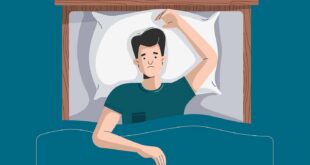Agoraphobia.
Agoraphobia, also referred to as panic disorder with agoraphobia, is the most common and among the most debilitating of the anxiety disorders among adults.
Although the issue is far from settled, agoraphobia appears to be a more severe form of panic disorder.
It is also the most frequently reported phobic disorder, comprising about 60 percent of the phobias treated by clinicians (Marks & Herst, 1970).
The term agoraphobia comes from the Greek agora, which refers to public places of assembly: thus, agoraphobia implies fear of public places.
Agoraphobics typically complain of a variety of fears and avoidances including fear of going out alone, of going into stores, of being home alone, of driving alone, of being far from home, of crowded places such as movie theaters or stadiums, of wide open spaces, of eating in restaurants, of using public transportation, or of waiting in long lines.
Actually, the avoidance is a secondary phenomenon because what agoraphobics most fear is the consequence of a panic attack: thus “fear of fear” (Goldstein & Chambless, 1978) constitutes the central feature of the disorder.
Because agoraphobics have two main domains of psychopathology, panic attacks and avoidance, and neither panic disorder nor agoraphobia completely characterize the problem, a more appropriate nomenclature might be “panic disorder with avoidance,” which would highlight both features.
 Therapy for anxiety Therapy for anxiety
Therapy for anxiety Therapy for anxiety



